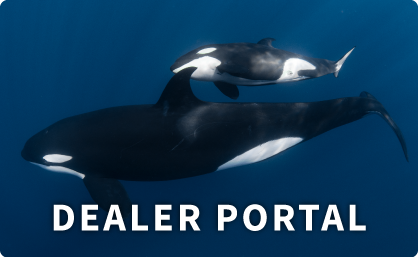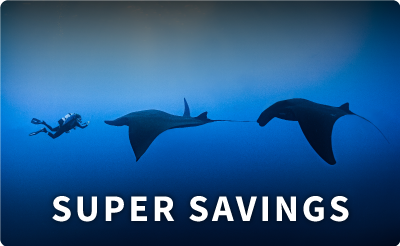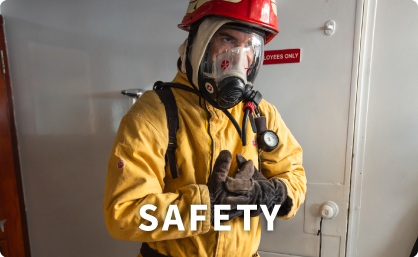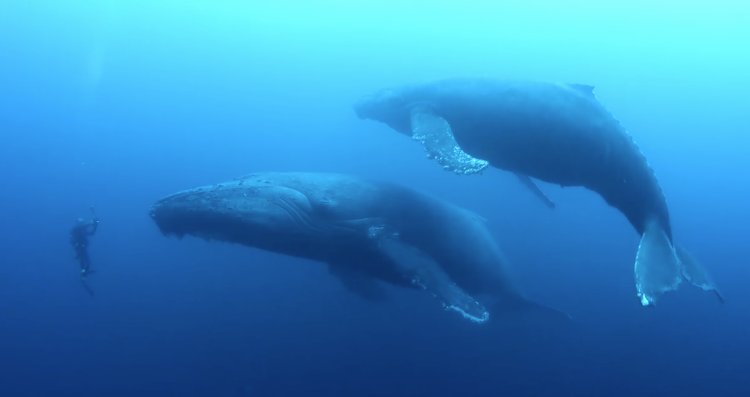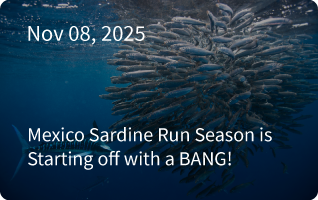Underwater cameraman Rodrigo Friscone Wyssmann is no stranger to diving with humpback whales, but a single encounter, filmed last January near Mexico’s Roca Partida, will forever stand out in his mind. Wyssmann and his father watched on as a large female sat motionless in the water column after her calf was killed by orcas.
Humpback whales – Pelagic Life
“The whale on the left is an adult female. The one on the right is her male escort. We were on our way to Roca Partida when we heard that the female’s calf had been attacked by a few killer whales. When we got there, the mother was inconsolable. The male was trying to comfort her by touching her gently, but it was useless. Some of you may already know this, but it’s only the male whales who sing (while mating), so this was obviously a devastating and silent moment. The man holding the camera on the video is my father.” Video by: Rodrigo Friscione Wyssmann
Posted by Pelagic Life on Friday, December 4, 2015
The mother and her “male escort” remained near the site for nearly a week, and, whether or not the logging behaviour was indeed a response to the stress of the orca encounter, the animals’ stillness was moving for local divers to witness, not to mention intriguing for researchers.
“The experience was absolutely breathtaking,” recalls Wyssmann, a founding member of ocean conservation group Pelagic Life. “I had been in the water with a humpback before but never in such an intimate way. The whales where just suspended there, motionless. This gave me time to appreciate fine detail; I stared into their eyes for minutes. I haven’t witnessed that behaviour before but I’ve heard of it [happening].”
Researchers are still working to understand what motivates orcas to prey on whales, and it’s a behaviour that has not been well documented in the past. Many groups of killer whales are specialist hunters of fish or smaller marine mammals like seals. But recent research suggests that in lower-latitude waters (those near the Equator) orcas are far less choosy about what they eat. It’s possible that whale calving sites like the one at Roca Partida simply offer a predictable source of food for these predators.
“These events are still so infrequently observed that documentation of even individual attacks continues to appear in the scientific literature,” writes NOAA researcher Robert L. Pitman. “On the other hand, the prevalence of presumed killer whale tooth rake marks on the flukes and flippers of nearly every large whale species has been cited as evidence that attacks might, in fact, be fairly common.”
While studying similar predator-prey interactions off the coast of Australia, Pitman and his colleagues noticed something peculiar. During an attack, the nearby male escorts – like the one you see in Wyssmann’s video – would take on a protective role, coming to the calves’ defence alongside the females. The males were seen flailing their flukes and flippers, trumpeting and even charging the incoming orcas.
“The question that remains is how do escorts benefit from this?” asks Pitman. To answer this, he and his team will be digging into the relationship between escort, mother and calf to determine if the show of bravado is a familial duty, or simply boosts the male’s chances the next time mating season rolls around.
Original Article Found Here

